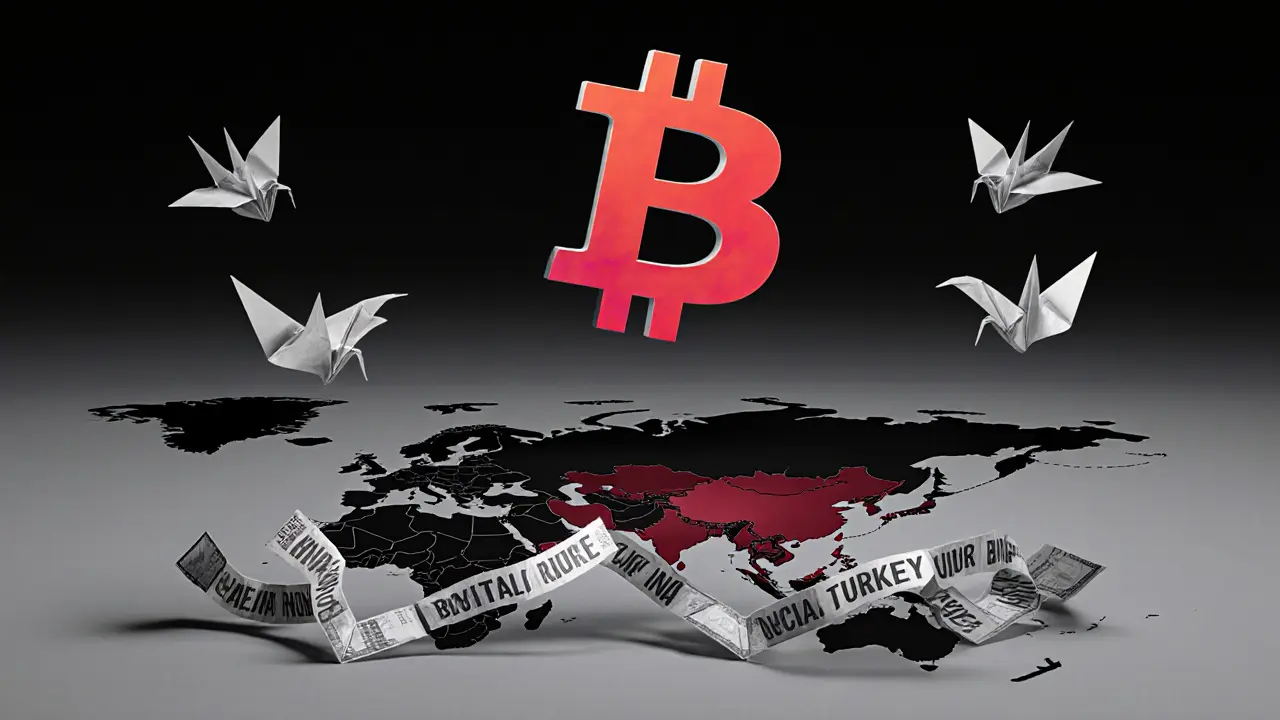Federal Law 221-FZ: What It Means for Crypto in Russia
When you hear Federal Law 221-FZ, Russia’s 2020 legal framework defining digital financial assets and cryptocurrency as property, not currency. Also known as the Digital Financial Assets Act, it’s the foundation for how Russia treats crypto today—legal to own, but tightly controlled in practice. This isn’t just paperwork. It’s the reason Russian traders can’t use local banks to buy Bitcoin, why mining farms face power cuts, and why exchanges like Binance had to leave the country.
The law created two big categories: digital financial assets, tokenized securities or blockchain-based instruments regulated by the Central Bank, and cryptocurrency, unregulated digital tokens like Bitcoin and Ethereum that can’t be used as payment. That’s why you can’t buy coffee with Dogecoin in Moscow, but you can hold it in a wallet. The government wants control, not innovation. They track miners through energy usage, ban foreign exchanges from operating locally, and require all crypto transactions to be reported to the tax service. This law didn’t ban crypto—it made it inconvenient, expensive, and risky to use.
What does this mean for you? If you’re in Russia, you’re trading in the gray zone. Mining is still possible if you have cheap power and no official ties to banks. Airdrops and DeFi? Technically allowed, but you’re on your own if something goes wrong. The Central Bank has pushed for a digital ruble, and crypto is treated like a speculative asset—not a tool. You’ll find posts here about how Russian miners adapted after power restrictions, how users bypassed exchange bans, and why even legal crypto projects struggle under this law. You’ll also see how Federal Law 221-FZ compares to India’s 30% tax or Sweden’s mining bans. It’s not about freedom—it’s about control. And understanding that is the first step to navigating crypto in Russia safely.

